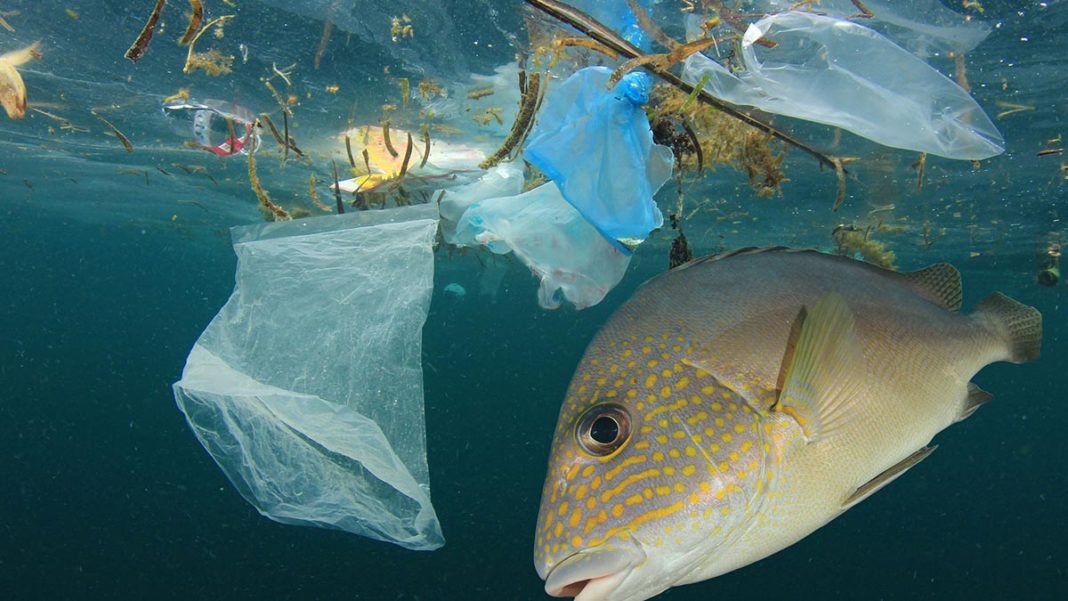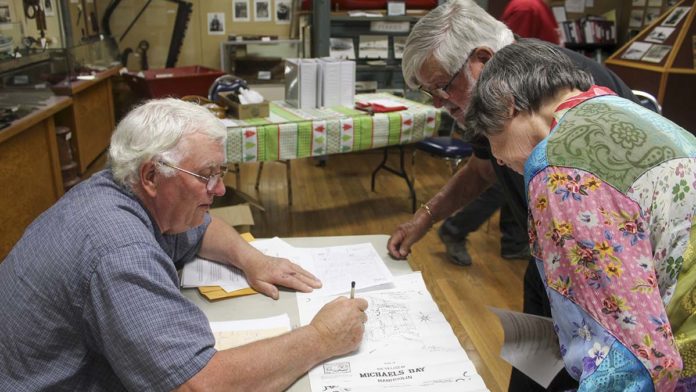Microplastics, tire additive research are key areas for 2022
WINNIPEG—New Ontario and federal funding for the IISD Experimental Lakes Area (ELA) in northwestern Ontario provides some stability for the organization and enables continuation of key research in such areas impacts of microplastics, impacts of tire additives and tire wear on fish species, and how ecosystems recover from acidification.
The Ontario government announced a $9.5 million investment in ELA on April 14 and the federal government allocated $25 million to ELA in its 2022 federal budget.
“IISD is incredibly thankful to the federal government for committing to this meaningful investment that will support and grow the operations of IISD-ELA—truly the world’s freshwater laboratory,” said Richard Florizone, president and CEO of IISD. “This multi-year funding is critical for the research needed to tackle increasingly serious threats to our fresh water like climate change and microplastics.”
“The experiments we’re going to have this year are a continuation of microplastics experiments,” explained Matthew McCandless, executive director of IISD-ELA. “We know microplastics are everywhere. They’ve been found everywhere in the world. They’ve been found even in ice caps in the Arctic. They’ve been found at the top of mountains, the bottom of oceans. They’ve been found in our blood and in our lungs, but we don’t really know what the physiological effects are or what the ecological effects of microplastics are. We know they are there, but we don’t know what damage they’re doing, if any.”
The work on microplastics is being done in partnership with Dr. Chelsea Rochman, University of Toronto. Microplastics will be added to small enclosures within lakes at ELA in various concentrations to see the fate and effect of those plastics. “What are they doing to fish and other ecosystem components, and how much microplastics need to be there before the damage starts happening?” asked Mr. McCandless. “Our hope is that with government being quite concerned about microplastics, this will lead to new policies or new regulations, or new innovations to deal with microplastics to stop them from getting in in the first place.”
Other research starting at ELA this year is on a chemical compound called 6PPD-quinone. That’s an ingredient in tire making, Mr. McCandless notes. “It’s a tire additive and as tires wear, they leave particles on roads and then rain washes that into surface waters. There’s some suggestion that 6PPD-quinone is fatal to salmonids on the west coast. The experiment we’re doing is to look at what concentrations of 6PPD-quinone can do to fish species that we have, mainly fathead minnows.”
Both the microplastics and 6PPD-quinone research are multi-year experiments involving many partners. In addition to the University of Toronto, Lakehead University and Queen’s University are working on both projects. The University of Texas is a partner in the 6PPD-quinone work. “Tires wearing down is something that happens all over the world,” said Mr. McCandless. “This effect was first observed just in the last couple of years and we’re already doing the experiment on it. We’re trying to get ahead of it.”
It usually takes a few years before results are ready for publication but there are often early indications, so there may be some early indications on the 6PPD-quinone work by the end of this year.
Work looking at how ecosystems recover from acidification is ongoing and benefits ongoing acid rain recovery work in Sudbury. Researchers are looking at how lake trout and mysis, a microscopic shrimp eaten by young lake trout, recover from acid rain. “Acid rain was killing these mysis,” he said. It wasn’t necessarily killing other things in the food chain, but it was killing this microscopic shrimp species that’s at the very base of the food chain. Further up the food chain, bigger fish were starving because they had nothing to eat. “Once the acid rain is dealt with by the environment, ecosystems gradually recover but not in all cases, and we’re trying to understand why mysis haven’t recovered in all cases.”
Other ongoing work includes the use of nature-based solutions such as the effectiveness of floating treatment wetlands at reducing oil spill toxicity.
The new funding will also support expanded infrastructure at the research area, with a new building planned to increase capacity and support researchers with new classrooms and meeting space. It would also increase ELA’s overnight capacity by 16 people. Current capacity is 63 people and in 2018 and 2019, before COVID, they were regularly at 63. “Over the past few years, we’ve sort of reached our operating limit,” Mr. McCandless said. “Some research can’t get done because we don’t have the space.”
Ontario has provided an additional $180,000 through the Northern Ontario Heritage Fund Corporation (NOHFC) for design drawings and cost estimates.
“The ELA is the world’s most important freshwater research facility,” said Greg Rickford, minister of northern development, mines, natural resources and forestry. “The area is a living laboratory for critical research and scientific study that sustains healthy ecosystems for future generations. Our government is proud to invest in facilities such as these so that we can expand understanding of the critical changes in ecology over time, and continue our work building Ontario.”





